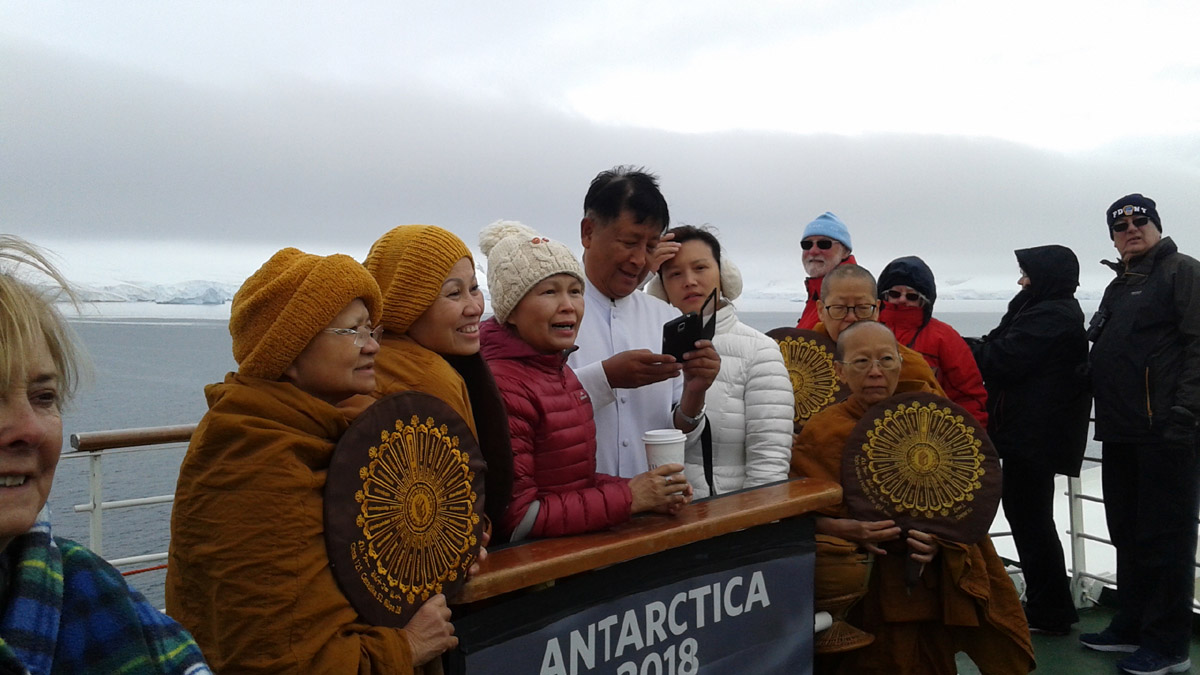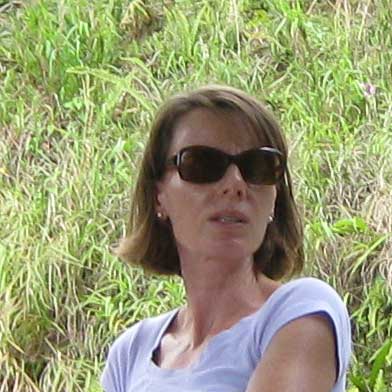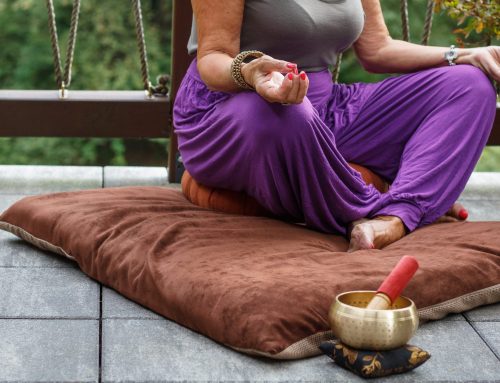By Leslie Smith
BUENOS AIRES—We sailed up the Rio de la Plata one beautiful summer’s day, leaving behind the elegance and energy of Buenos Aires. At 220 kms across, the river is the widest in the world and the port of Buenos Aires one of the busiest and most important.
From now on, everything would be different.
We were bound for the most elusive and least-visited place in the world, the silent continent of Antarctica. To get there, we had to cross the Southern Ocean, the roughest and most unpredictable in the world. It was uncertain if we would even arrive at the very end of the world as waves of up to 40 metres were not uncommon. Our ship was designed for this, our captain assured us, but it was possible that we might have to turn back.
As we proceeded southward, the skies remained sunny but each day of the five day journey the air grew a little colder and ocean a little choppier. Despite the busyness of the shipping lanes as we left the vast embrace of the Rio de la Plata, after our call at Ushuaia, known as the city at the end of the earth, we did not see a single ship for many days. No planes flew overhead. We were alone in a vast ocean.

Seagulls, storm petrels and albatross followed the ship and sightings of orca, pilot, minke, humpback whales became more common. Aside from the noise of the ship’s engines, there was absolute silence.
Then, in the dining room, I saw them. At least six female Buddhist monks, wearing dark saffron robes, with one shoulder bare, and carrying ceremonial fans called pad rong. Fully ordained female monks, called bhikkhunis, are not allowed by the Supreme Sangha Council which is the head Theravada Buddhism in Thailand. Women have fought to don saffron robes there, yet are refused initiation; some have gone to prison for defying the council. Despite this, it is estimated that there are about 170 bhikkhunis and 100 novices in the country at the moment, though to be ordained the women must travel to another Theravada Buddhist country, such as Sri Lanka.
Though some Thais are vehemently opposed to female ordination, many others welcome the female monks, and despite their prohibition, the sangha is growing. The feeling seems to be that bhikkhunis observe mandated practises more rigorously than male monks, such as never touching money, begging for all of their food with a metal bowl, and not eating after 11 a.m. In other Buddhist sects, such as the type of Buddhism practised in Bhutan, women may become nuns, though their status is lower than that of male monks.

On our cruise ship, many friends and followers attended the bhikkhunis, all of whom wore white clothing. I approached the table where the female monks were receiving food from followers, which was offered and respectfully put into their begging bowls. I put my hands together in a namaste greeting of respect and the monks nodded back, amused. I asked one of the followers what they were doing, but no one in the group spoke English. When I had visited Thailand many years before, most of the young male monks spoke English, attended university and were rather urbane. In fact, I had made friends with several, visiting them at their dormitory (which was not forbidden as many had friends, male and female, who could visit after the morning rituals of begging and prayers were over) and even taking them on excursions with me, which I paid for, as the monks are not allowed to touch money.
But these holy women were different, perhaps because of their proscribed status in their home country. Eventually, several days later, I found two of the followers who could explain to me in English what was happening. The women were not nuns, she insisted, but female monks, who had a higher status, and lived in Bhikkhuni Theravada monasteries all over the world, some in Alaska, and some in California (where one of my original Thai monk friends had gone to study). They were on the last leg of a world-wide journey to bless all parts of the earth: Antarctica was their last stop.
Each day the bhikkhunis said prayers and blessings on deck as well as inside the ship. One night, as we were in Antarctica (which comprises a large region, not just the physical landmass), the full moon shone brightly on the ship’s deck. It was bitterly cold yet the monks, wearing sandals and dressed in their regular, bare-shouldered garb—though with knit caps and shawls over top—were out on deck chanting and blessing the waters. I later learned that this was the full moon day of Māgha Pūjā in the Buddhist calendar, and a date of great auspiciousness, marking an event occurring at the Veḷuvana grove, near Rājagaha in northern India, ten months after the enlightenment of the Buddha.

The ceremony I witnessed was not a public one, nor did the few other passengers who were around seem much interested. But I felt comforted by the bhikkhunis’ presence and their benevolence. And their prayers worked. For the entire trip, the ocean swells reached no more than seven to ten metres (though I was still seasick). As we entered Schollart Channel, along the Antarctic Peninsula, the fog parted and rays of sun shone out, giving us unprecedented views of Paradise Bay. We saw the most northern edge of this mysterious continent in all of its glory. A full rainbow spread its colours over the waters, and humpback whales and albatross cavorted in welcome. The mood on board the ship was buoyant as land and water seemed to thrum in a kind of silent greeting, sending benign energy out to all of us.
Antarctica truly is the mother of our planet, nurturing the ecosystem, driving the climate and absorbing our noxious emissions. Yet the continent is in jeopardy as countries with territorial claims are now looking for ways to exploit its resources—which includes fishing, water, mining, oil and more. Climate change has hit Antarctica harder than anywhere else and has already experienced an average temperature rise of 6 degrees. Now, as a result, massive shelves of glacier ice regularly break away, making the coastline unrecognizable from one season to the next. Already, this is raising the potential for climate change for Falkland Islanders who live about a thousand kilometres away. Antarctica is a harbinger of what is to come for the world. It is the last, pristine preserve of untrammelled wilderness we have—for now.








